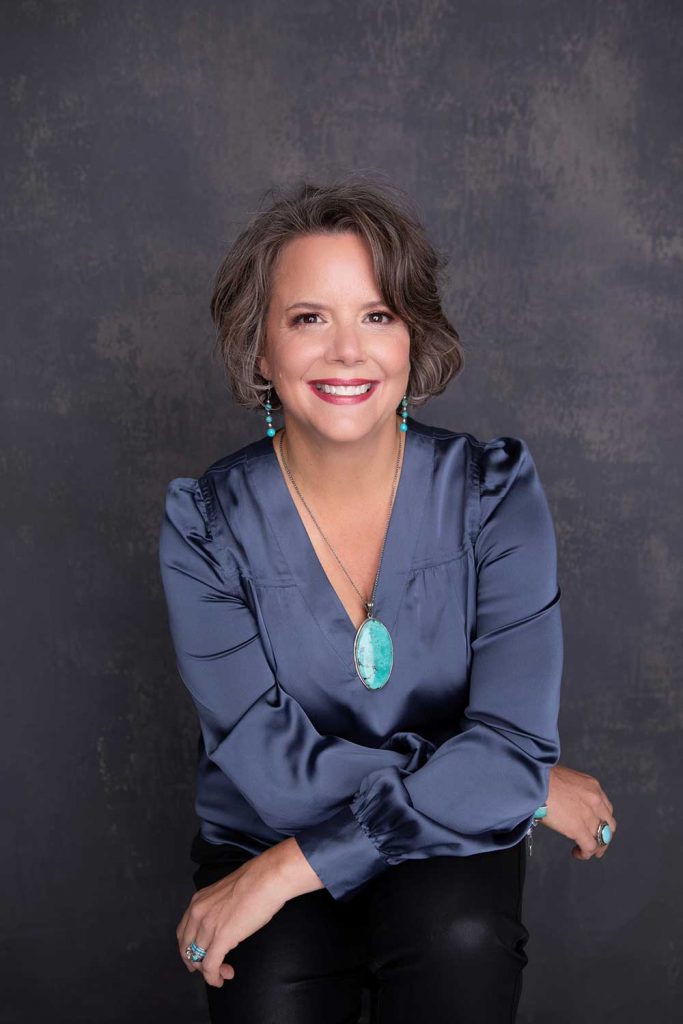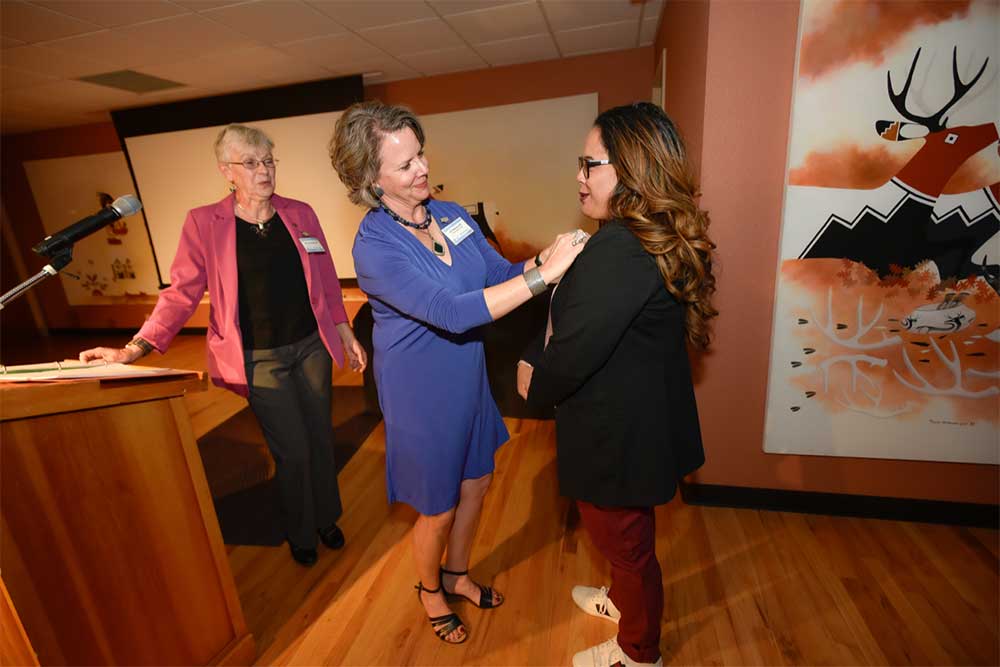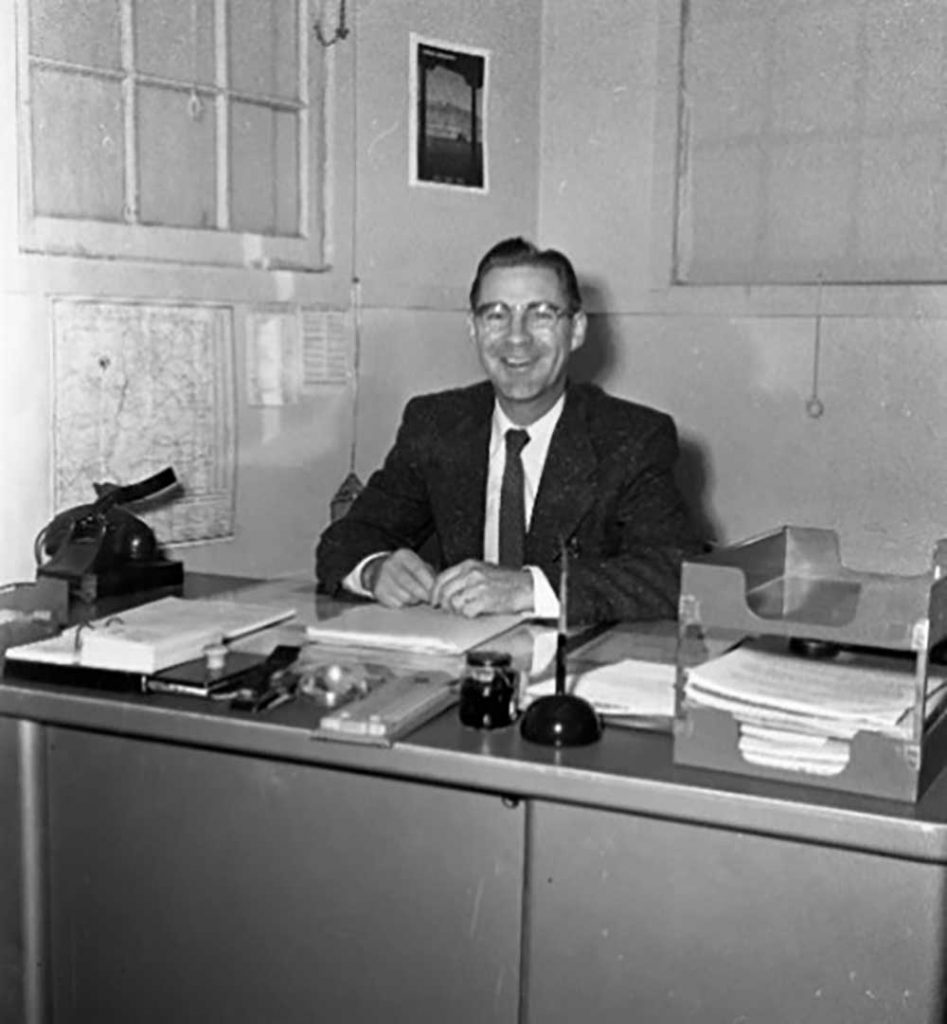Communications expert shares how strategy inspires connectedness and innovation

Don’t tell Karli Massey about the importance of a company’s internal communications strategy. The longtime public relations practitioner at Sandia is one of New Mexico’s foremost experts on the topic.
“I geek out about it,” said Karli, who has been recognized this year as one of New Mexico’s 25 most influential women in business.
The annual Women of Influence Awards, organized by Albuquerque Business First, recognize women across the Land of Enchantment who excel in their careers and uplift their communities. Karli will be recognized Feb. 26 at an awards ceremony in Albuquerque.
Karli is one of Sandia’s top internal communications officers. She leads research, planning and implementation of employee communications campaigns. Karli served as the 2023 president of the New Mexico chapter of the Public Relations Society of America and holds a professional accreditation in public relations from the society. She came to Sandia in 2015 after a decade of working for major utilities in Colorado and California.
An Albuquerque native, Karli earned a bachelor’s degree from The University of New Mexico in communications and political science.
Lab News: What do you mean when you talk about communications strategy?
Karli Massey: Communicators are strategic advisers. When we say we’re developing employee communications strategies, we’re talking about aligning directly with corporate strategy and goals. We are measuring the effectiveness of what we do so that we show results and continue to improve.
LN: Why does this matter to employees?
KM: When organizations are thoughtful in crafting messages that are concise and clear, we make it easier for employees to focus on what’s important. When we make sure information is targeted so people understand how they contribute to our mission, we help employees feel valued and included.
I believe that people who feel included feel more innovative. I know that’s been true for me. When I feel valued for my expertise and thoughts, I’m more willing to fully contribute and bring all my ideas to the table.
LN: Do you remember when you got really interested in strategy?
KM: One of the first communications campaigns I worked on at Sandia was to reduce slips, trips and falls. We created lots of good content — signs, slogans, artwork and things — and at the end of it, our management asked us, “How do you know it worked?” We thought it did, but we didn’t have any data to back that up. And that really got me started on this path of thinking: There must be a better way to do this.
LN: How did that change your approach to communications?
KM: As a communicator, I have learned my primary role is to consider our audience (the workforce) and think through the best ways to deliver key messages — different workgroups have different preferences on how to get their information. I work closely with managers and project and program leads to craft messages that are clear and find the communication channels that suit their needs and best reach those who really need the information and will benefit from it. Then, we make sure it worked.
LN: How are you innovating at Sandia?
KM: We’ve found in the past we start communicating all the things, all at once. You really need to rein that back to a couple of big initiatives at a time so communications staff can put their creative energy behind communicating those things our leaders want to be the focus.
We’ve now implemented a prioritization model that a lot of other companies are using when you have big, Labswide communications campaigns. Like for our Labs Strategy, this year there are only two goals — accelerate innovation and lead in modern engineering — instead of a long list of goals we have a hard time remembering. It’s new and different for Sandia, and it will help us be more effective and respectful of employees’ attention.
LN: Tell me about your work elevating the public relations profession in New Mexico.

KM: A significant part of our statewide professional organization has always focused on networking events. But during COVID-19, of course, everything had to be done online. So, over the past couple of years, I’ve helped the organization get back into networking and making those connections in person again. There was a lot of energy behind that with other members of our board, too.
We’re engaging in a lot more statewide efforts besides just focusing on Albuquerque. Like events in Los Alamos when they were preparing for the Oppenheimer release, getting the community engaged for something that could result in a lot more tourism.
One of our significant achievements this year was being recognized by our national organization for our growth in diversity, equity and inclusion. We were awarded an honorable mention, and I’m very proud of those efforts.
